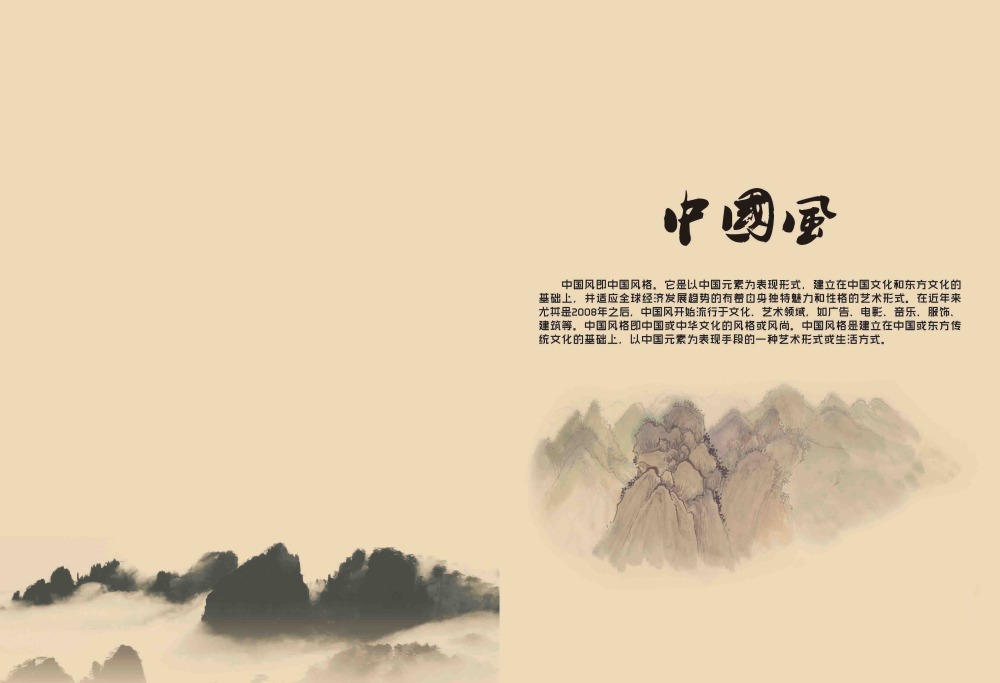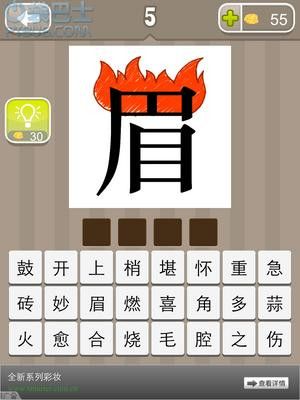闪什么什么词成语_什么词是成语
疯狂猜图
2021-04-08 10:56
填空成语 聚 闪
一张图上有一道闪电和一个壶是哪个成语呢
闪烁其词的成语解释
最快的速度打一成语可以一闪而过吗
跟闪电有关的成语
的125图有草有云有闪电是什么成语
带有日,月,奇数,闪电的成语
闪字弯了打一成语
高中 语文 解释一下闪烁其词 隐约其词什么区别 还有赫赫有名和烜赫一时 关键是烜赫一时不是贬义词吗
高中 语文 解释一下闪烁其词 隐约其词什么区别 还有赫赫有名和烜赫一时 关键是烜赫一时不是贬义词吗
闪烁其词的词语辨析
闪闪什么四字成语
闪瞎了 这些成语故事怎么会这么坑
成语玩命猜两道闪电一个壶是什么成语
看图猜成语闪电和倒的为止是什么成语?
成语三国手游更新 修复了游戏闪退问题 成语三国
前面一个蚊子后面一群蚊子组成一个闪电符号的成语是什么
疯狂猜成语国城两个字是什么成语?
杜曼闪卡之成语卡
小编推荐:看图猜成语246810是什么成语?
疯狂猜成语闪退怎么解决 疯狂猜成语闪退解决方法介绍
上一篇:什么什么报复成语_成语故事图片
下一篇:什么鼓什么天成语_成语故事图片


















